

Suomenlinna

entrance to Suomenlinna fortifications
Suomenlinna or Viapori (Finnish), or Sveaborg (Swedish), is an inhabited sea fortress built on six islands, today within Helsinki, the capital of Finland. It is a UNESCO World Heritage site and popular with both tourists and locals, who enjoy it as a picturesque picnic site. Originally named Sveaborg (Fortress of Svea), or Viapori as called by Finns, it was renamed Suomenlinna (Castle of Finland) in 1918 for patriotic and nationalist reasons, though it is still also known by its original name. It is an example of the Star Fort style of fortification.

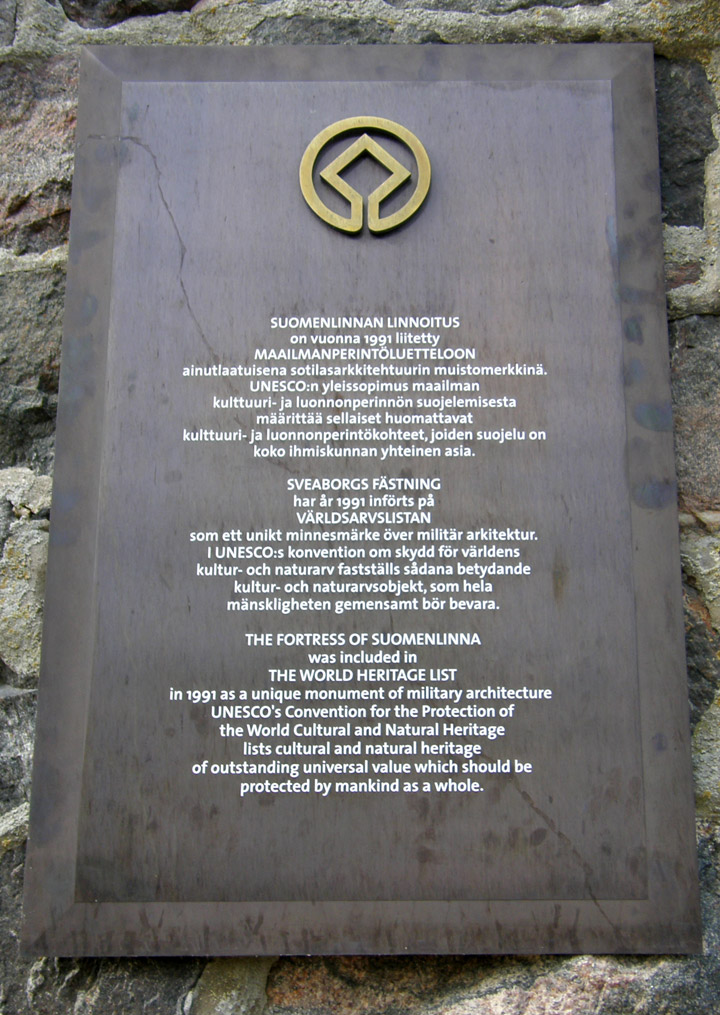
World Heritage site
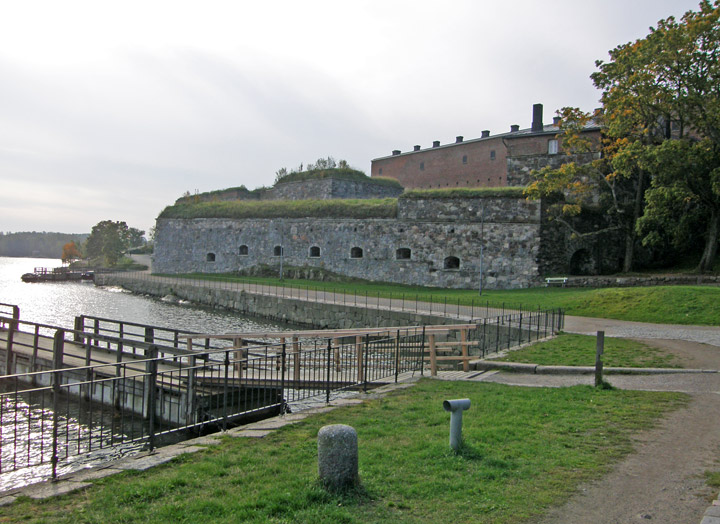
More Photos of the fortifications
Sweden started building the fortress in 1748 as a protection against Russian
expansionism. The general responsibility for the fortification work was given to
Augustin Ehrensvärd. The original plan of the bastion fortress was strongly
influenced by the precepts of Vauban, the foremost military engineer of the
time.
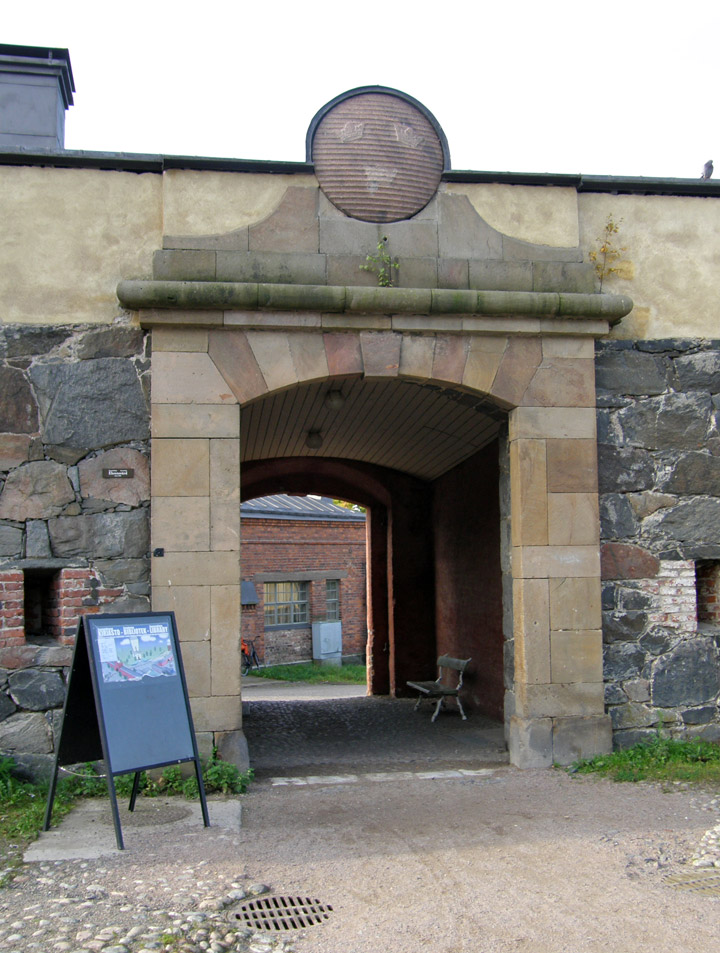
gate to the library

the library
In addition to the island fortress itself, sea facing fortifications on the mainland would ensure that an enemy would not acquire a beach-head from which to stage attacks. The plan was also to stock munitions for the whole Finnish contingent of the Swedish Army and Royal Swedish Navy there. In the Finnish War the fortress surrendered to Russia on May 3rd 1808, paving the way for the occupation of Finland by Russian forces in 1809.
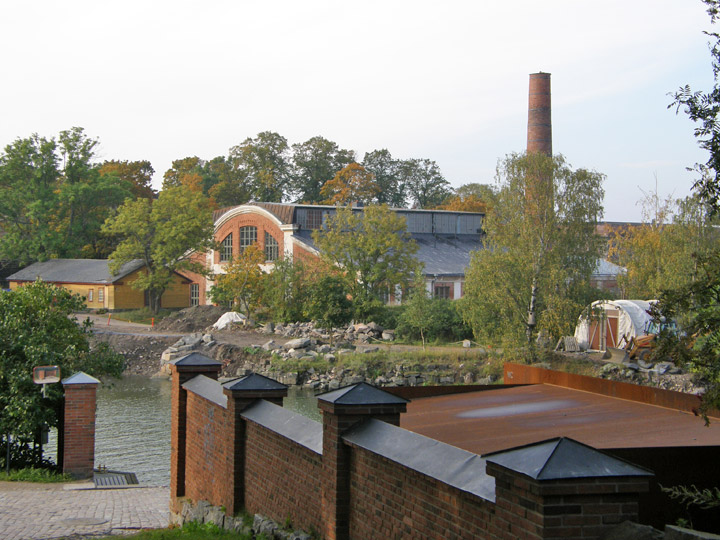
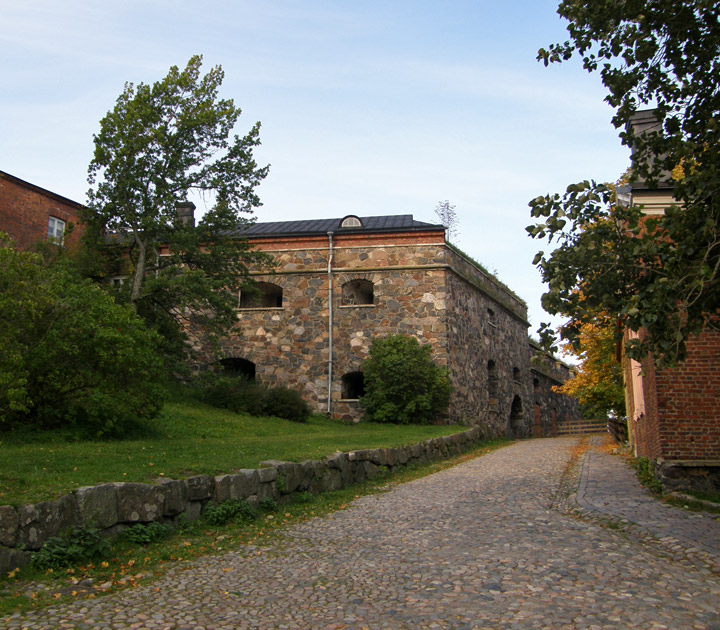
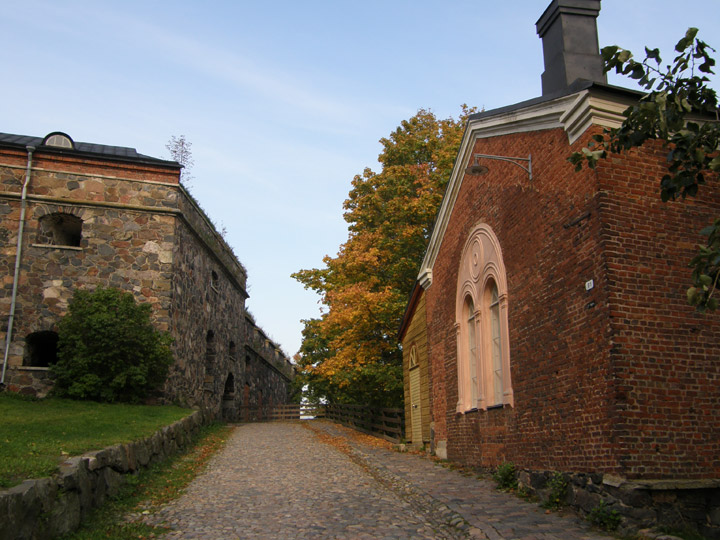
Sweden started building the fortress in 1748, when Finland was still a part of
the Swedish kingdom. Augustin Ehrensvärd (1710–1772) and his gigantic
fortification work on the islands off the town of Helsinki brought the district
a new and unexpected importance.
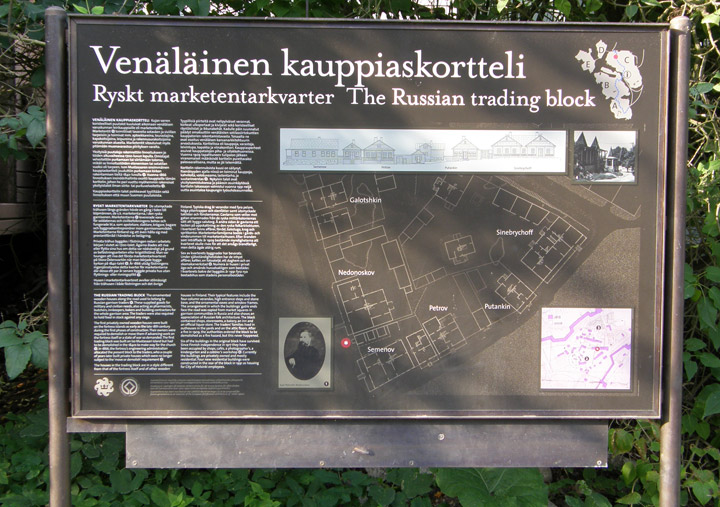

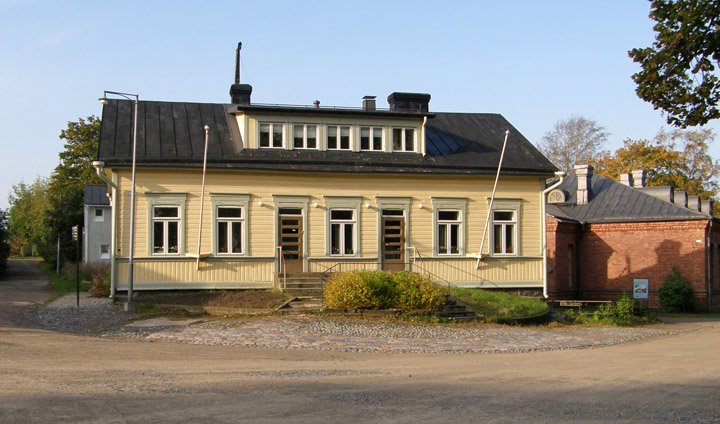
Russian garrison trader home
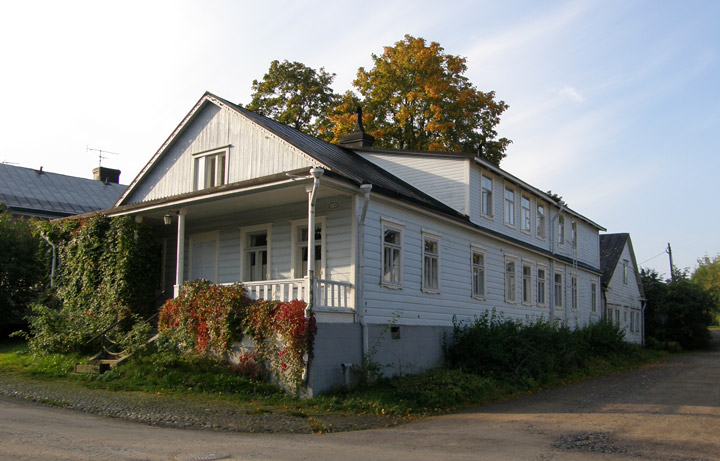
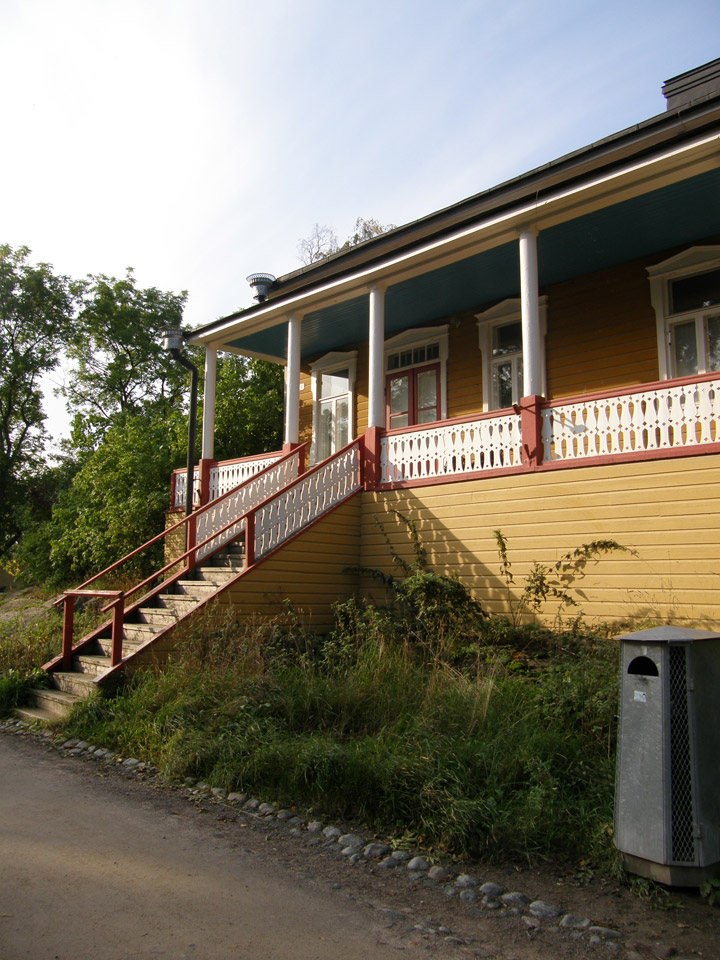
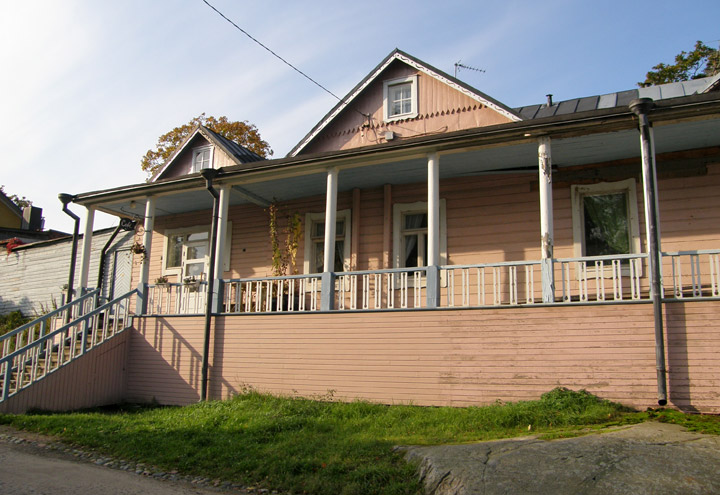
In 1703 Peter the Great had founded his new capital, St. Petersburg, in the
furthest-flung corner of the Gulf of Finland. In the approach to it he built the
fortified naval base of Kronstadt. Russia became a maritime power and a force to
be reckoned with in the Baltic Sea.
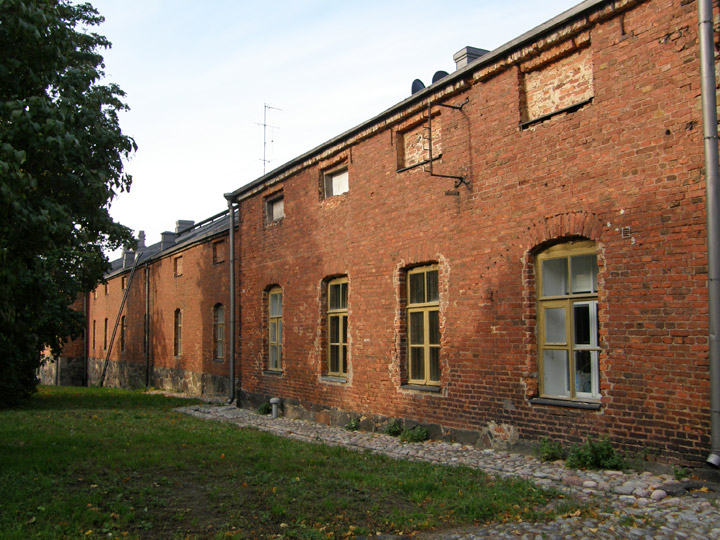
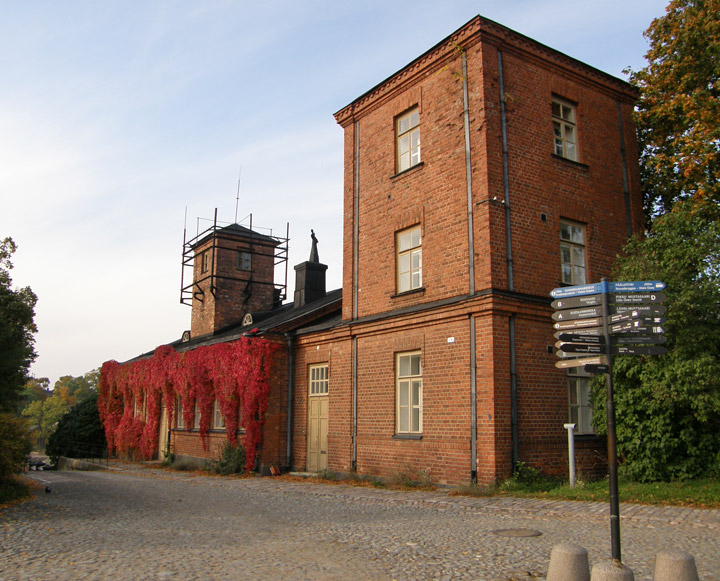
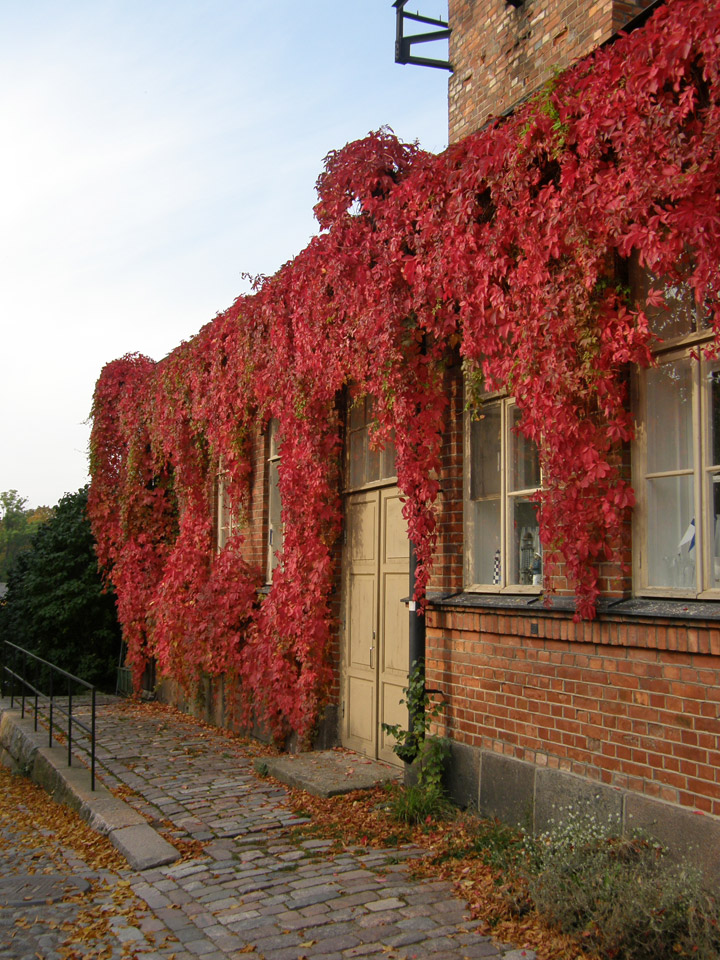
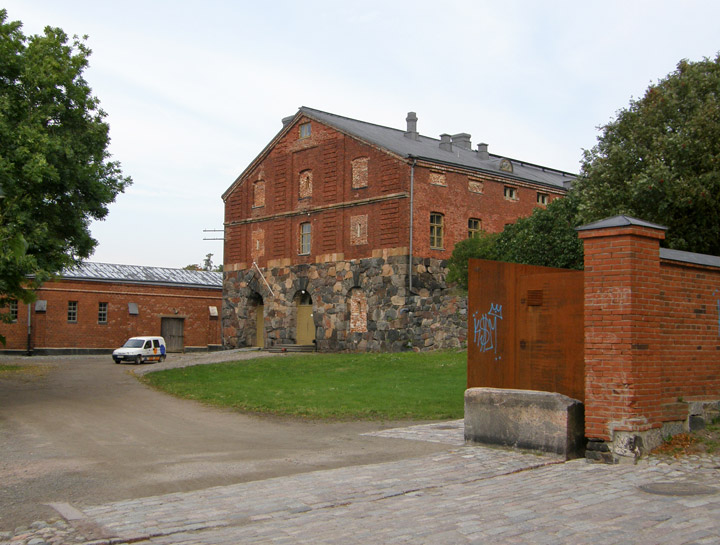

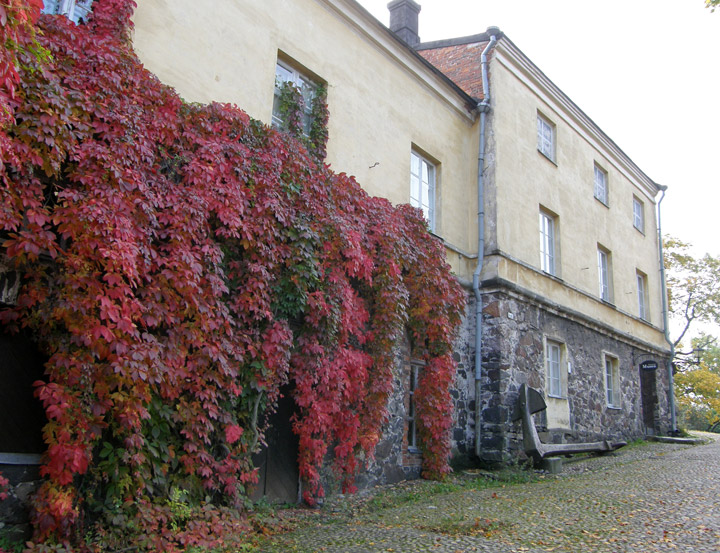
The situation posed a threat to Sweden; Russian naval units made skirmishes
right up to the Swedish coast. Other European states were also concerned about
developments, especially France, with which Sweden had concluded a military
alliance. After lengthy debate the Swedish parliament decided in 1747 to fortify
the Russian frontier and to establish a naval base at Helsinki as a counter to
Kronstadt. The frontier fortifications were established at Loviisa (Lovisa).
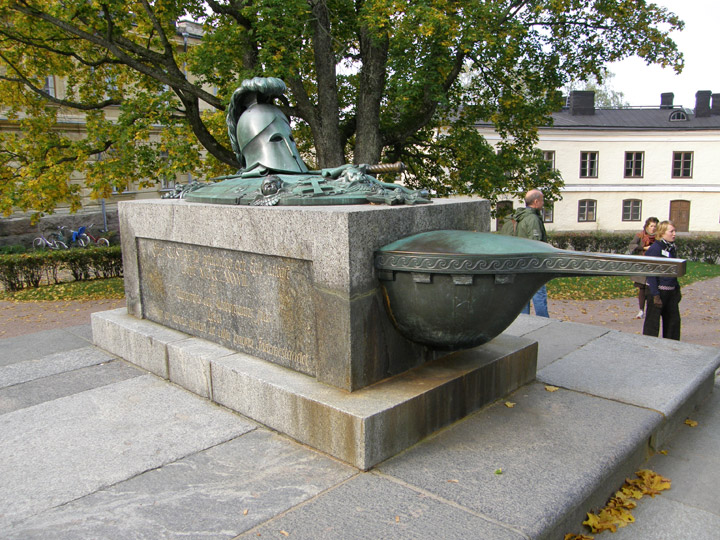
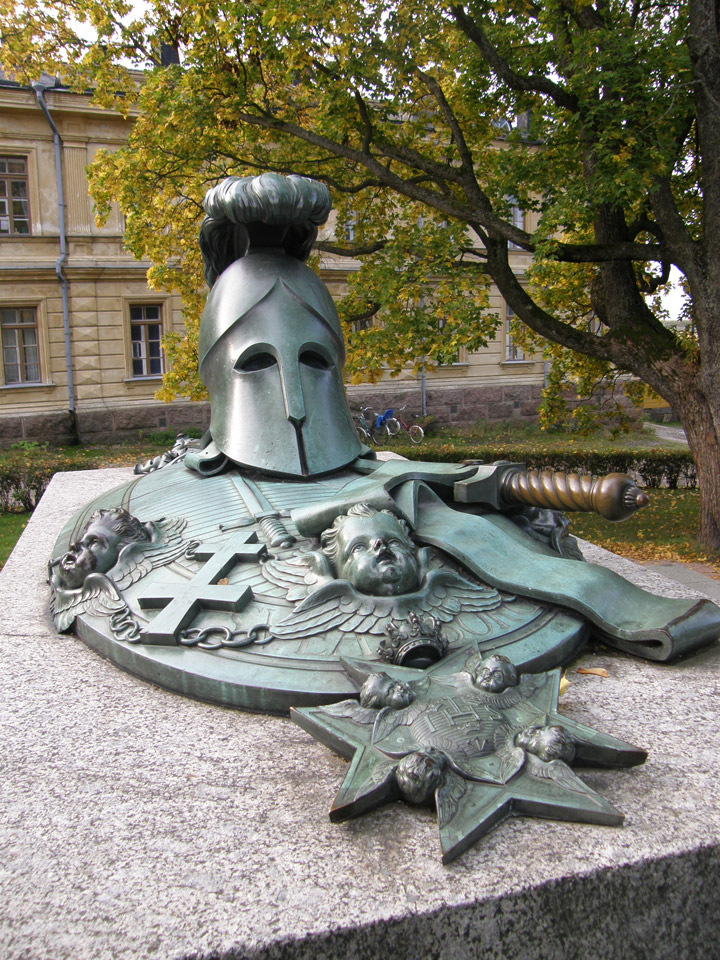
Augustin Ehrensvärd's grave at Suomenlinna
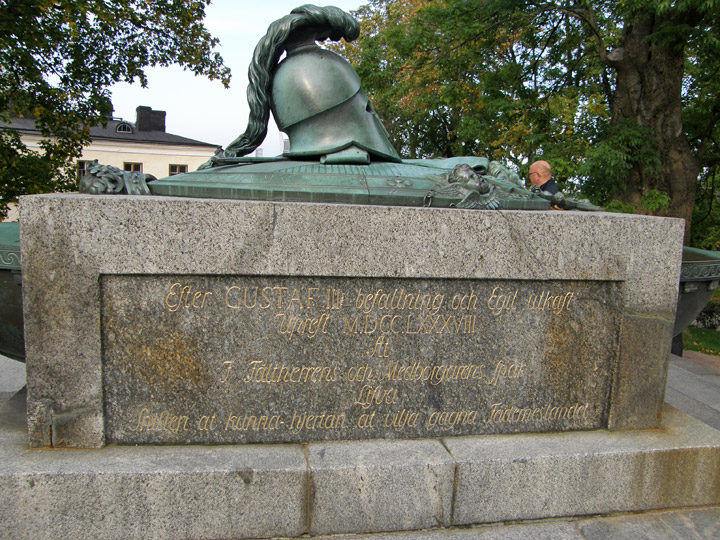
Fortification of Helsinki and its islands began in January 1748, when Augustin Ehrensvärd, as a young lieutenant colonel, came to direct the operations. A number of fortifications were also built on the Russian side of the new border during the 18th century and some of the existing Swedish ones were added to.
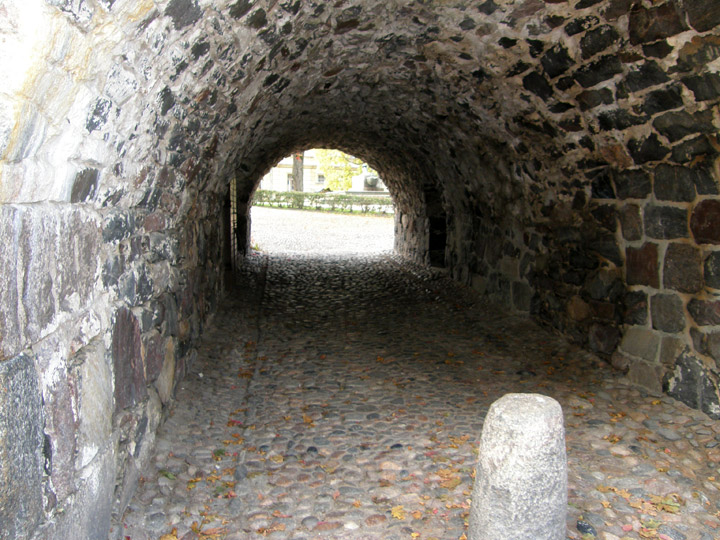
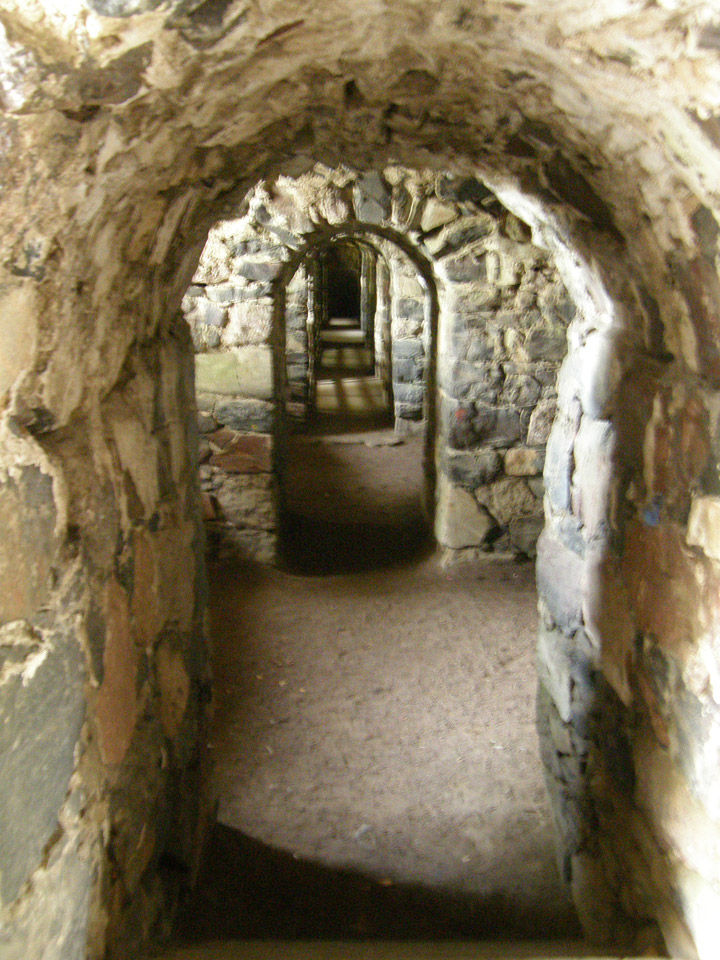
chambers in the fortifications
Following a pact between Alexander I and Napoleon, Russia launched a campaign against Sweden and occupied Finland in 1808. By the Treaty of Fredrikshamn in 1809 Finland was ceded from Sweden and became an autonomous grand duchy within the Russian Empire. The Swedish period in Finnish history, which had lasted some seven centuries, came to an end.
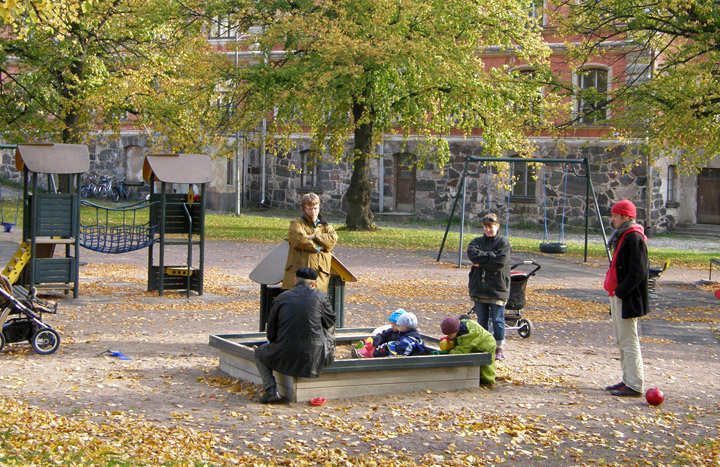
children at play

Sveaborg did not fight until the very last end in the hopeless war. The Russians
easily took Helsinki in early 1808 and began bombarding the fortress. Its
commander, Carl Olof Cronstedt, negotiated a cease-fire, and when no Swedish
reinforcements had arrived by May, Sveaborg, with almost 7,000 men, surrendered.
The reasons for Cronstedt's actions remain somewhat unclear; but the hopeless
situation, psychological warfare by the Russians, some (possibly) bribed
advisors, fear for the lives of a large civil population, lack of gun-powder
combined with total isolation are some likely causes for the surrender


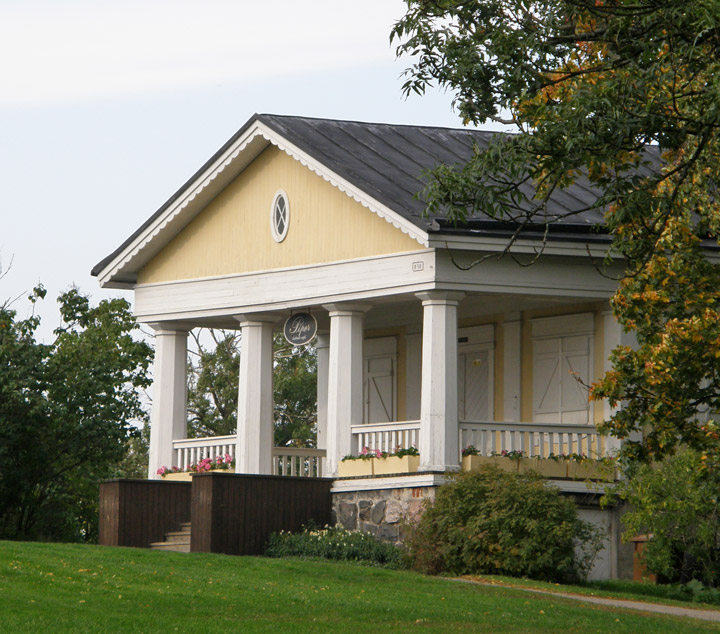
The long period of peace following the transfer of power was shattered by the
Crimean War of 1854–56. The allies decided to engage Russia on two fronts and
sent an Anglo-French fleet to the Baltic Sea. For two summers the fleet shelled
the towns and fortifications along the Finnish coast. Bombardment of Suomenlinna
(then known as Sveaborg or Viapori) lasted 47 hours and the fortress was badly
damaged.
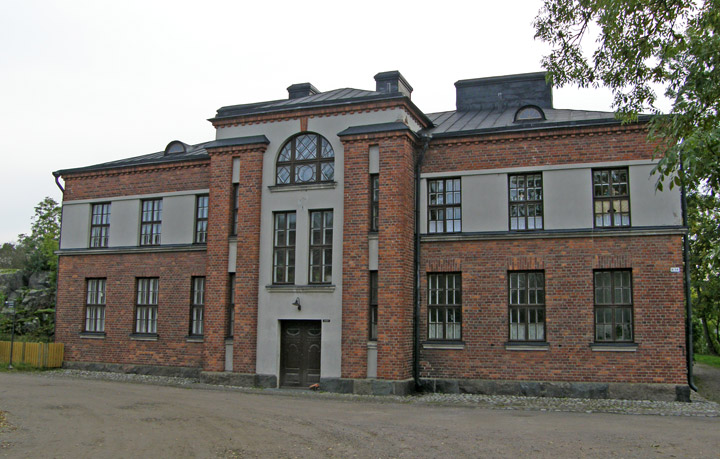
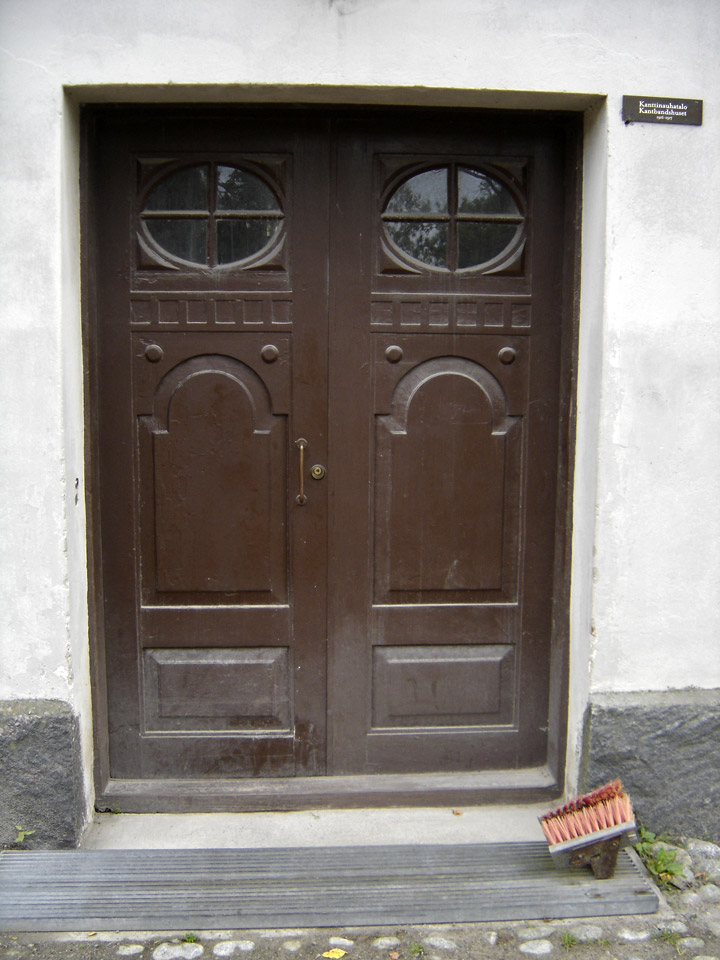
boot scraper for those winter days
After the Crimean War extensive restoration work was begun at Suomenlinna. A new ring of earthworks with artillery emplacements was built at the western and southern edges of the islands.
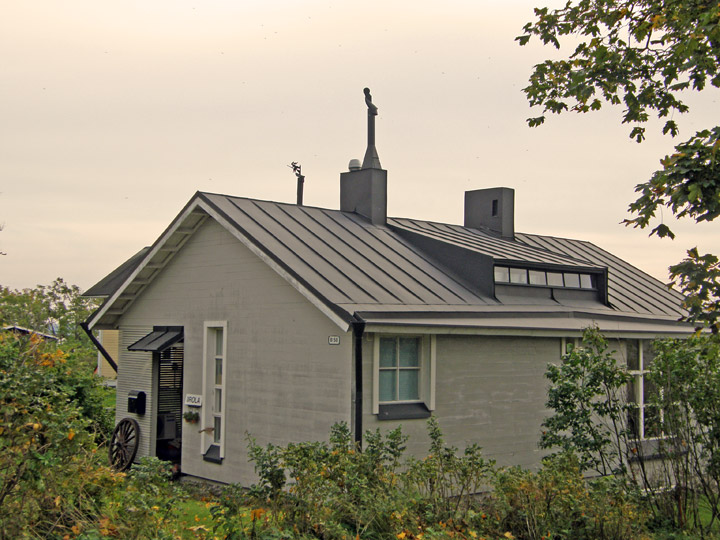
cottage with a witch wind vane
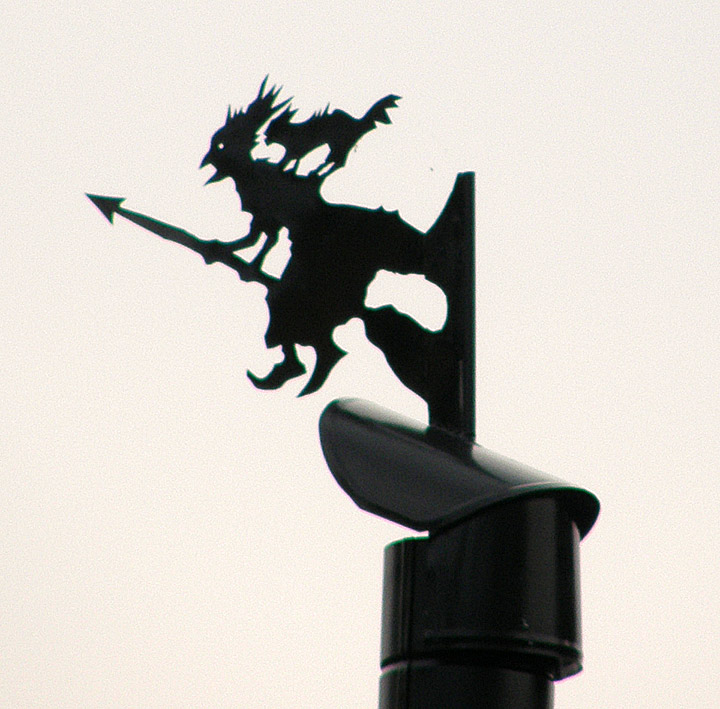
The next stage in the arming of Suomenlinna and the Gulf of Finland came in the
build-up to the World War I. The fortress and its surrounding islands became
part of "Peter the Great's naval fortification" designed to safeguard the
capital, St. Petersburg.
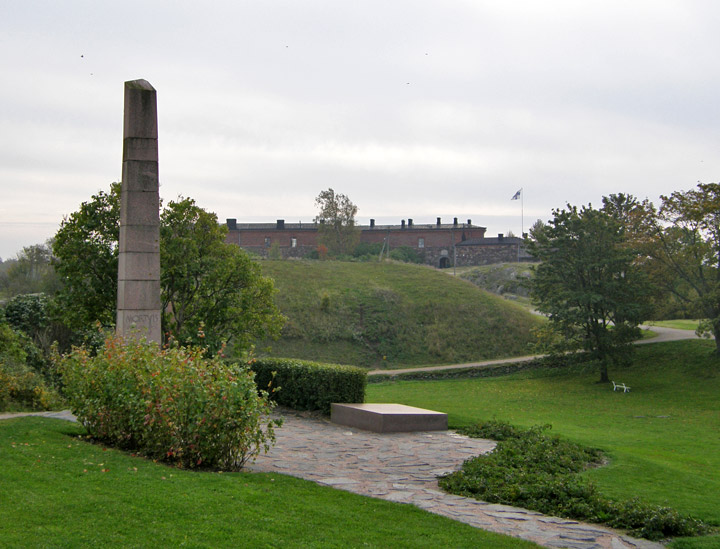
memorial
No longer very practical as a military base, Suomenlinna was turned over to civilian administration in 1973. An independent government department was formed to administer the unique complex. At the time there was some debate over its Finnish name, with some suggesting that the old name Viapori be restored, but the newer name was retained. The military is still present on the islands, as part of the local community. Suomenlinna also still flies the war flag, or the swallow-tailed state flag of Finland.
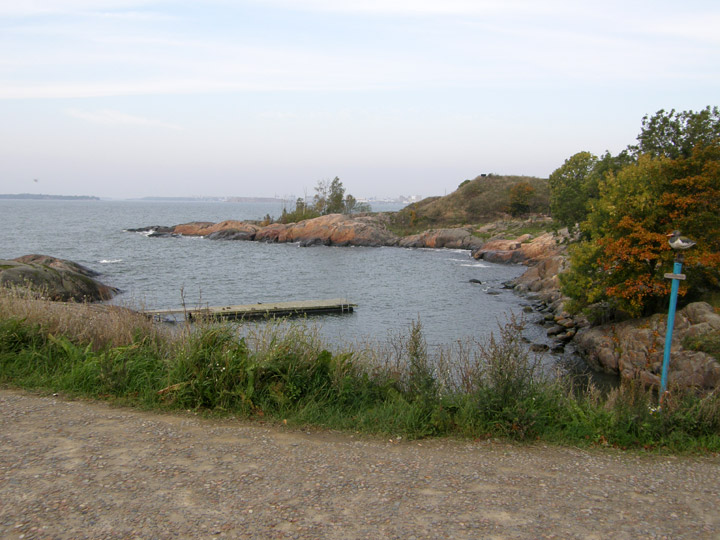
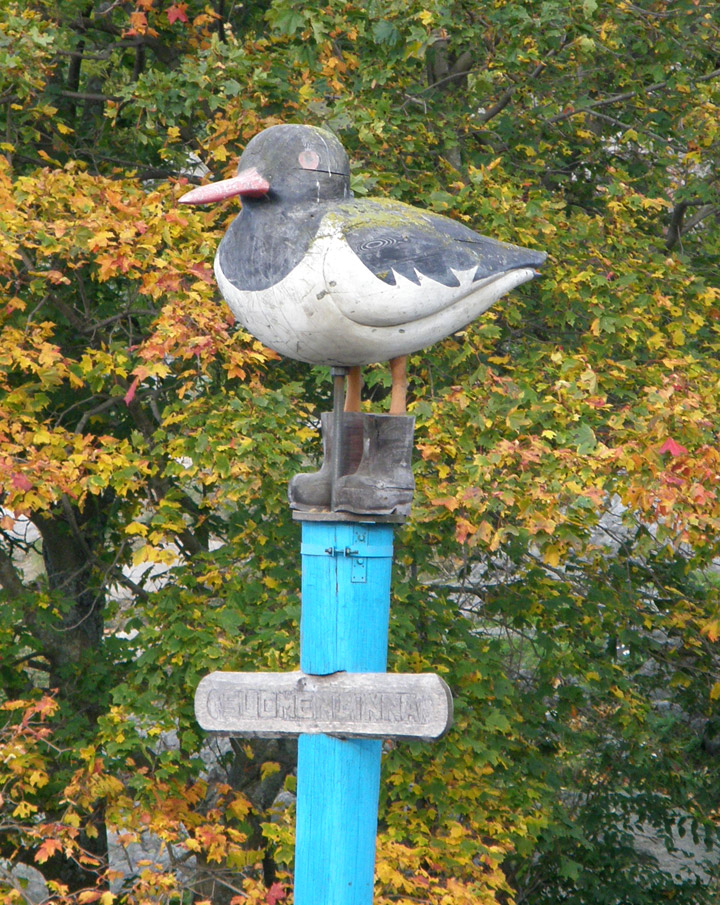
Suomenlinna is now one of the greatest tourist attractions in Helsinki as well
as a popular picnicking spot for the city's inhabitants, and on a sunny summer
day the islands, and in particular the ferries, can get quite crowded. A number
of museums exist on the island, as well as the last surviving Finnish submarine
Vesikko.
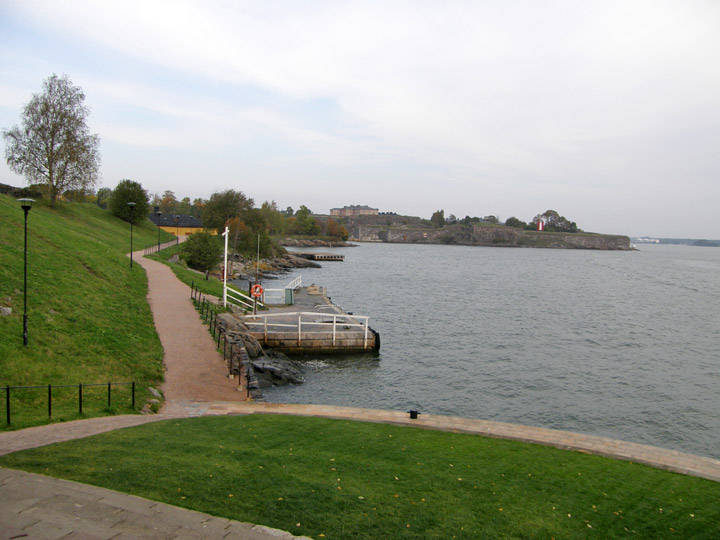
Suomenlinna has always been much more than just a part of Helsinki — it is a
town within the town. Nowadays there are about 900 permanent inhabitants on the
islands, and 350 people work there all year round. The Naval Academy of Finland
is located on one of the islands. This is one of the features that make
Suomenlinna unique: the fortress is not merely a museum.
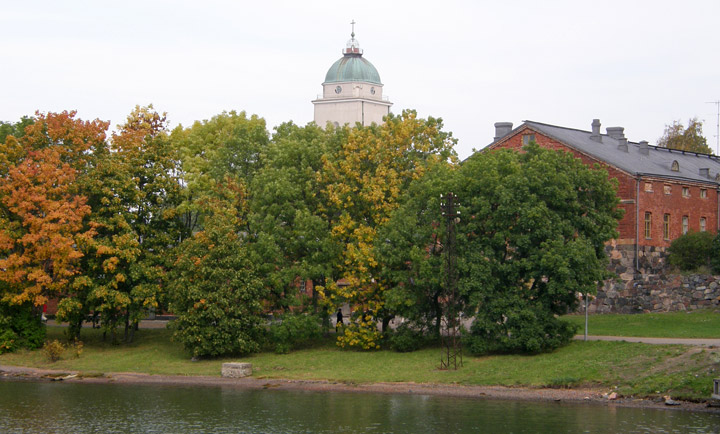
Suomenlinna church
There is a minimum-security prison in Suomenlinna, whose inmates work on the maintenance and reconstruction of the fortifications.
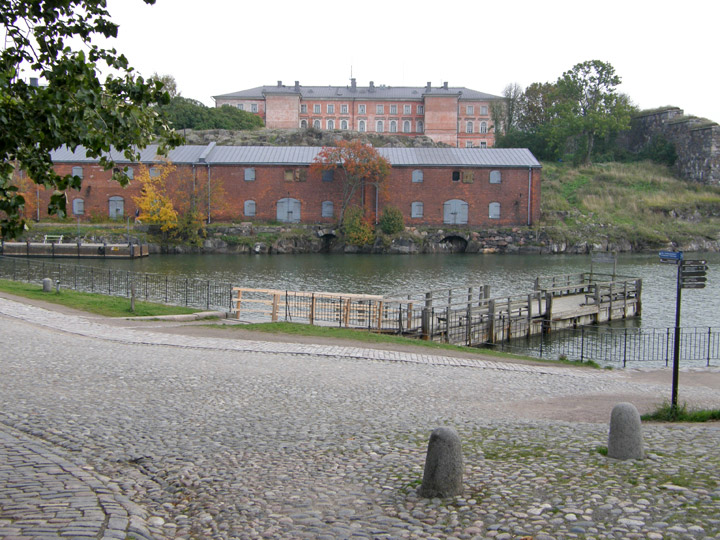
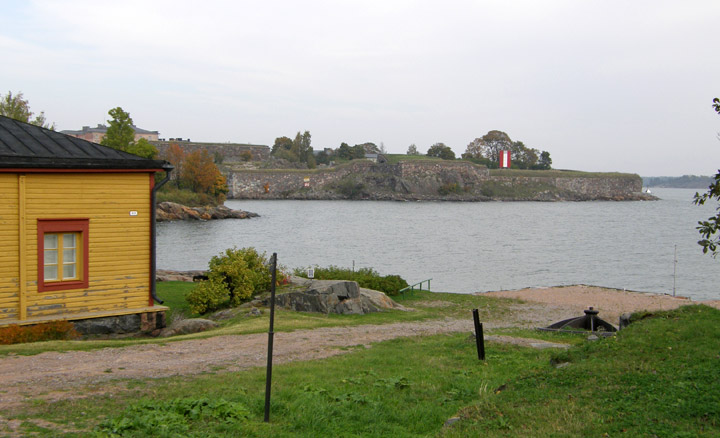
For the general public Suomenlinna is served by ferries all year around, but a
service tunnel supplying heating, water and electricity was built in 1982. From
the beginning of 1990s it was modified so that it can also be used for emergency
transports.

watching the overnight boat to Stockholm go by
Suomenlinna has been known as an avant-garde of culture, the influence of which has affected the cultural life throughout Finland. Many buildings have been converted into artists' studios, which are let by the administration at reasonable rates, and there is an art school for children. The performances of the Suomenlinna summer theatre regularly draw full houses. But the easiest way to get acquainted with local culture is through the architecture of Suomenlinna. On the islands, styles from different periods form a harmonious whole. But as a monument to military architecture, the fortress is unique in the world.
Text from Wikipedia
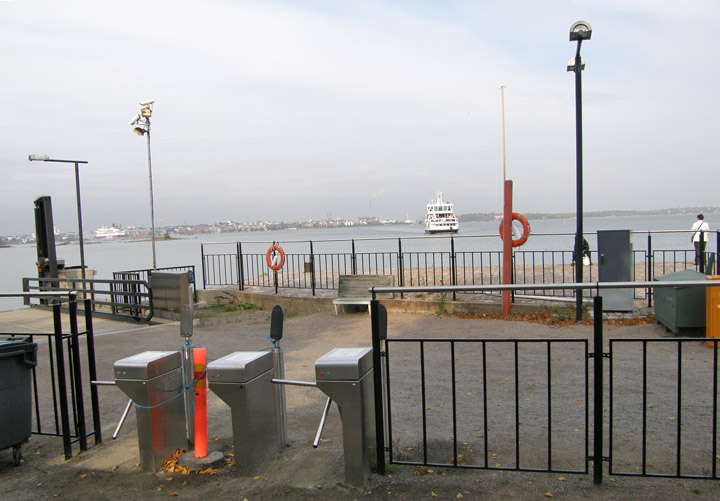
ferry from Helsinki market approaching
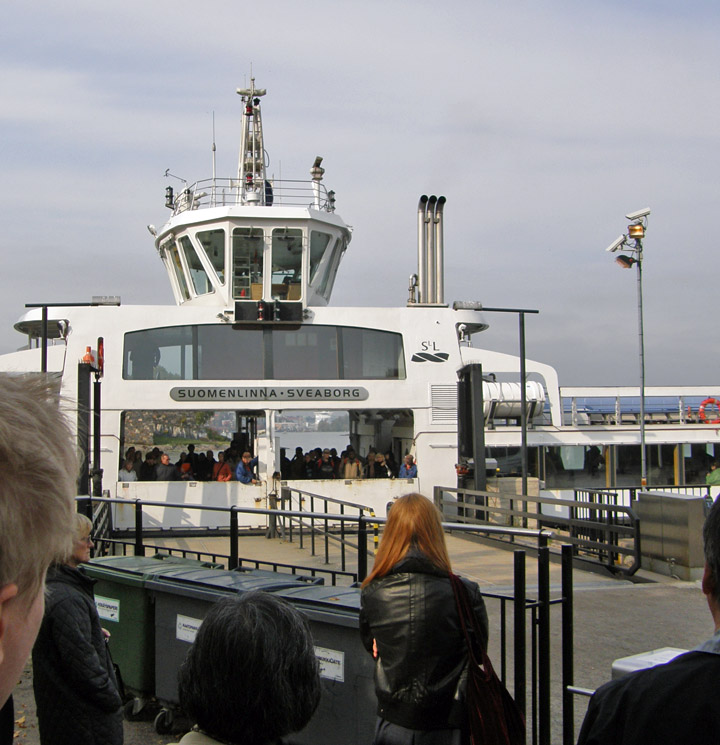
ready to board the ferry